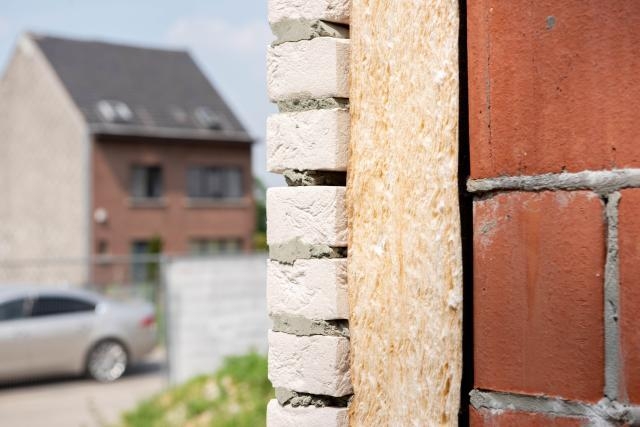Two new EU Commission and EIB model financial instruments to boost energy efficiency and territorial development
 The model for a financial instrument with a grant component to support energy efficiency and the New European Bauhaus territorial development model financial instrument were developed the by the European Commission Directorate for Regional and Urban policy and the European Investments Bank to support the objectives of REPowerEU and the New European Bauhaus.
The model for a financial instrument with a grant component to support energy efficiency and the New European Bauhaus territorial development model financial instrument were developed the by the European Commission Directorate for Regional and Urban policy and the European Investments Bank to support the objectives of REPowerEU and the New European Bauhaus.
Today the EU Commission and the European Investment Bank (EIB) launched two new model financial instruments to boost energy efficiency and territorial development investments, following the objectives of REPowerEU and New European Bauhaus.
The models are intended to provide a practical guide for authorities and financial intermediaries managing EU funds to set up financial instruments more easily, but also to give advisory support to investment in the fields of energy efficiency and territorial development, in order to help operators of such instruments to overcome common challenges with practical solutions.
EIB’s Advisory Services jointly with the European Commission Directorate for Regional and Urban policy developed these model financial instruments under the advisory mandate, fi-compass, as they believe “this combined package of support can play a crucial role in speeding up the transition to a low-carbon economy”, commented EIB Vice-President Lilyana Pavlova, hoping that “these models can inspire more managing authorities and other stakeholders to make more use of financial instruments”. “We will redouble our efforts - she said - in ensuring that the necessary financing is available to meet both the EU’s long term goals to reduce carbon emissions, and the immediate needs to bolster our energy resilience.”
“To achieve our climate and energy efficiency targets, we need to mobilize private investments”, agreed Commissioner for Cohesion and Reforms, Elisa Ferreira, inviting Member States and authorities managing EU funds “to make use of these models” to encourage investments, "deeper renovations and a more sustainable, inclusive and aesthetic territorial development”.
Model for a financial instrument with a grant component to support energy efficiency
As energy efficiency renovations are a key element to deliver on the REPowerEU initiative’s goal to reduce Europe’s dependency on imported fossil fuels “as soon as possible”, this financial instrument with a grant component was build to support energy efficiency while facilitating “a more efficient use” of public resources and attract private investments. The grant component should help to better prepare projects and encourage deeper renovations, “while also improving affordability for low-income households who are suffering from energy poverty”. Even though the main focus of the model is energy efficiency, it also encourages the uses of renewables whenever possible. Energy efficiency projects should compromise a range of renovation works in order to improve their energy performances of the following kinds of buildings:
- residential buildings;
- buildings dedicated to the provision of education or social services;
- buildings dedicated to activities related to public administration;
- the previous buildings and in which activities other than those already mentioned occupy no more than 50% of the internal floor area;
- commercial buildings.
The investments related to the building envelope range from insulation, glazing or glazing enhancement of windows and doors, to other means of improving energy performance such as shading devices or solar control system.
New European Bauhaus territorial development model financial instrument
The New European Bauhaus is a creative interdisciplinary initiative designed to provide a “cultural dimension” to the European Green Deal, to support sustainable innovation, technology and economy on EU territories under the core values of:
- sustainability (from climate goals to circularity and biodiversity);
- aesthetics, (quality of experience and style, beyond functionality);
- inclusion, including accessibility and affordability.
The New European Bauhaus territorial development model then must be set up and implemented respecting these objectives with the aim of supporting local and territorial development strategies, providing accessible funding and making the New European Bauhaus actions sustainable on the long term. The model offer the possibility of combining financial instruments and grants support “providing a long-term framework for projects” which include all three of the New European Bauhaus core values (sustainability, sustainability, inclusion).
Model for a financial instrument with a grant component to support energy efficiency
New European Bauhaus territorial development model financial instrument